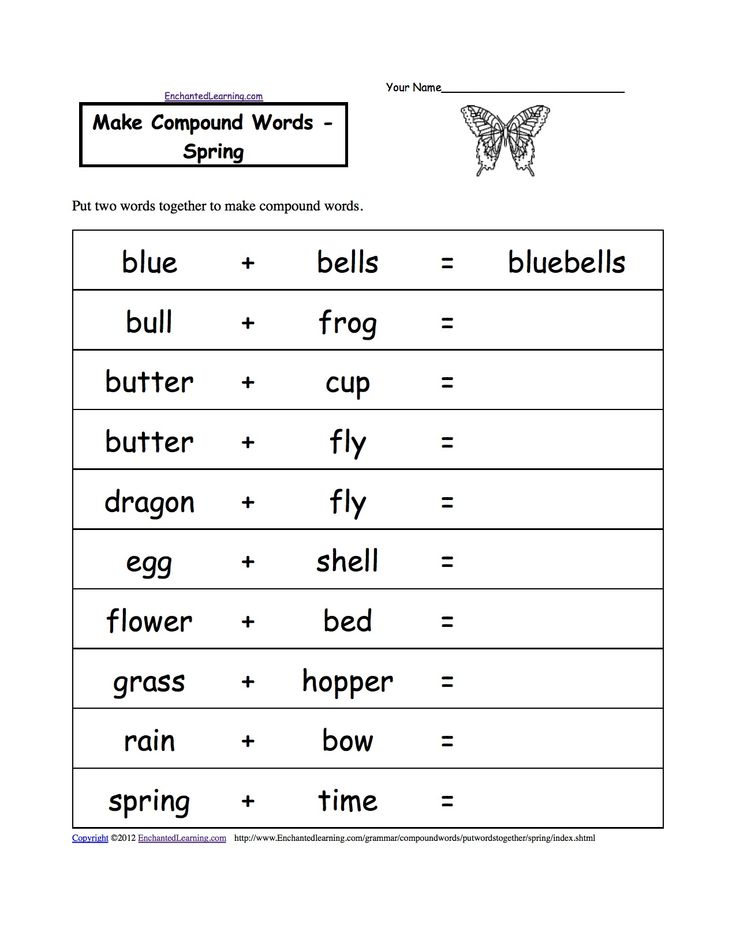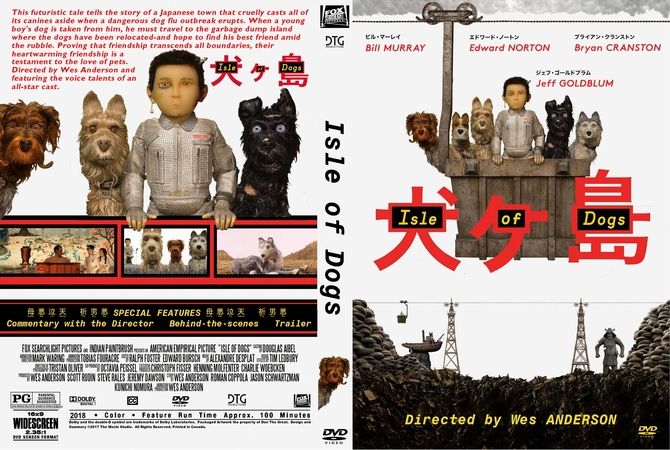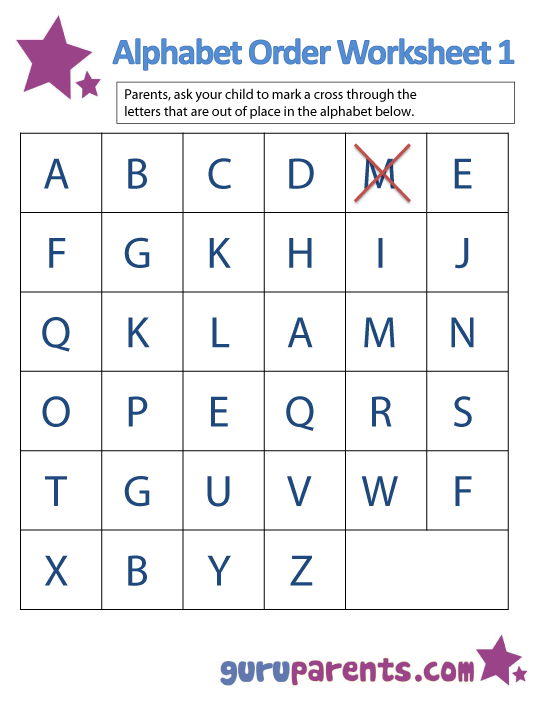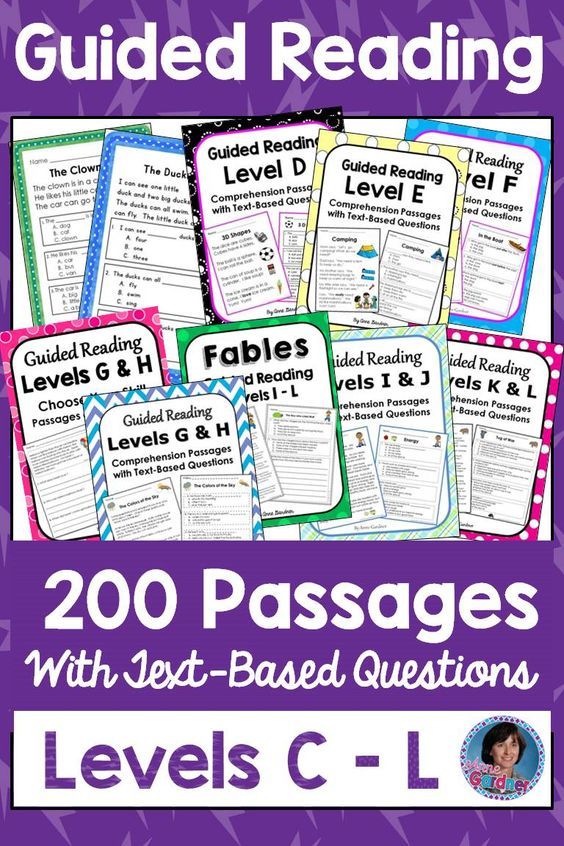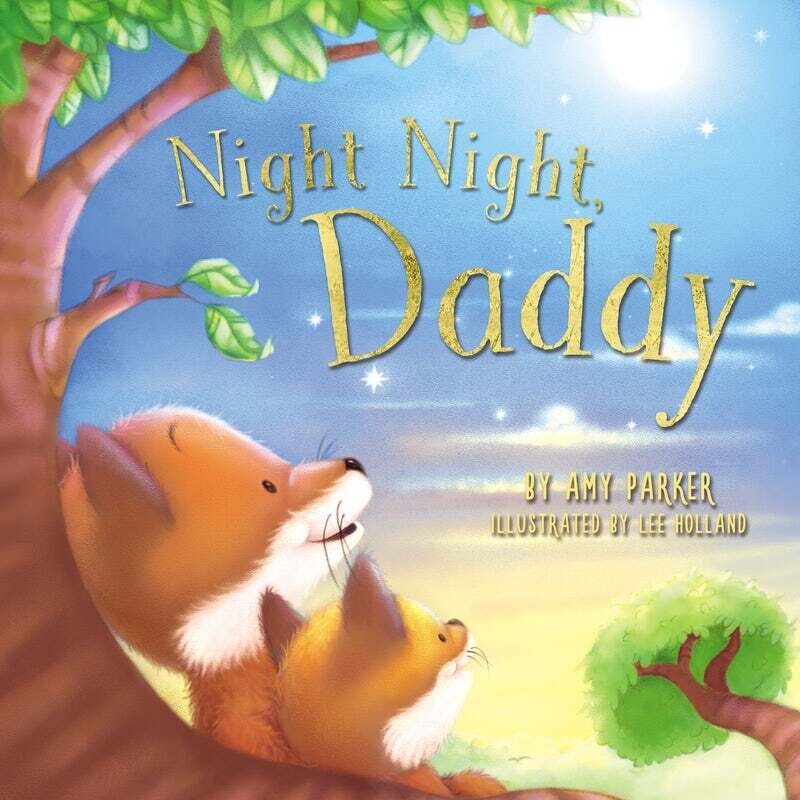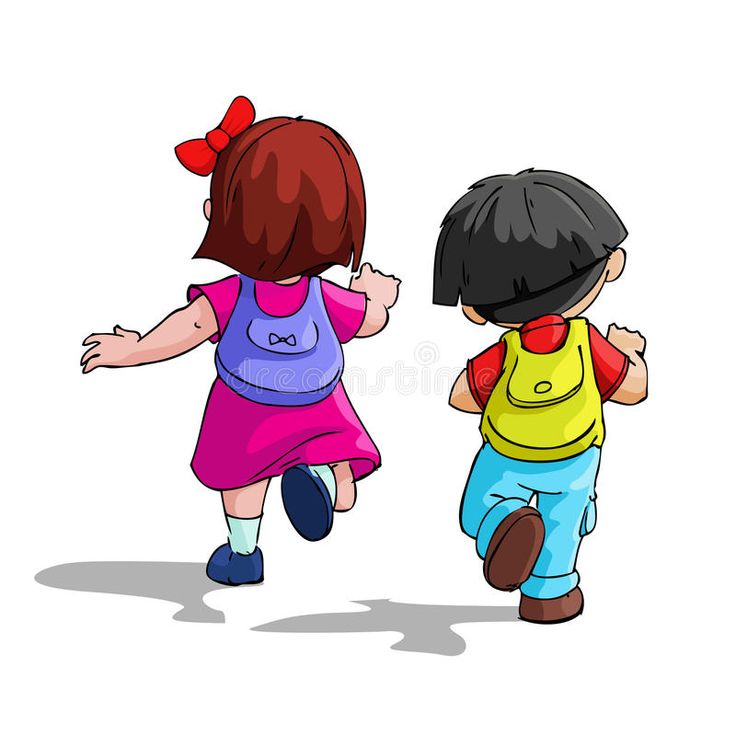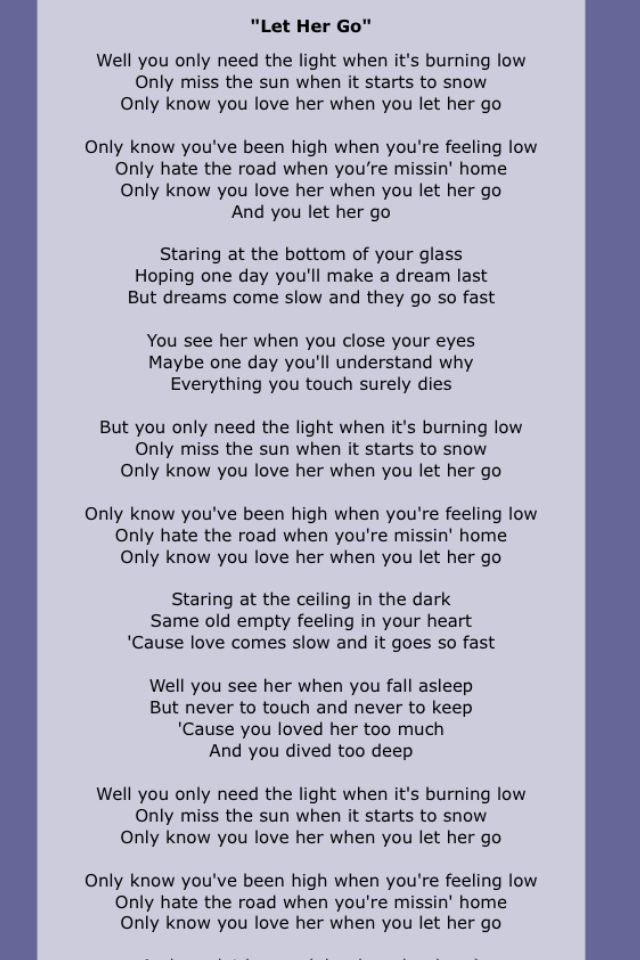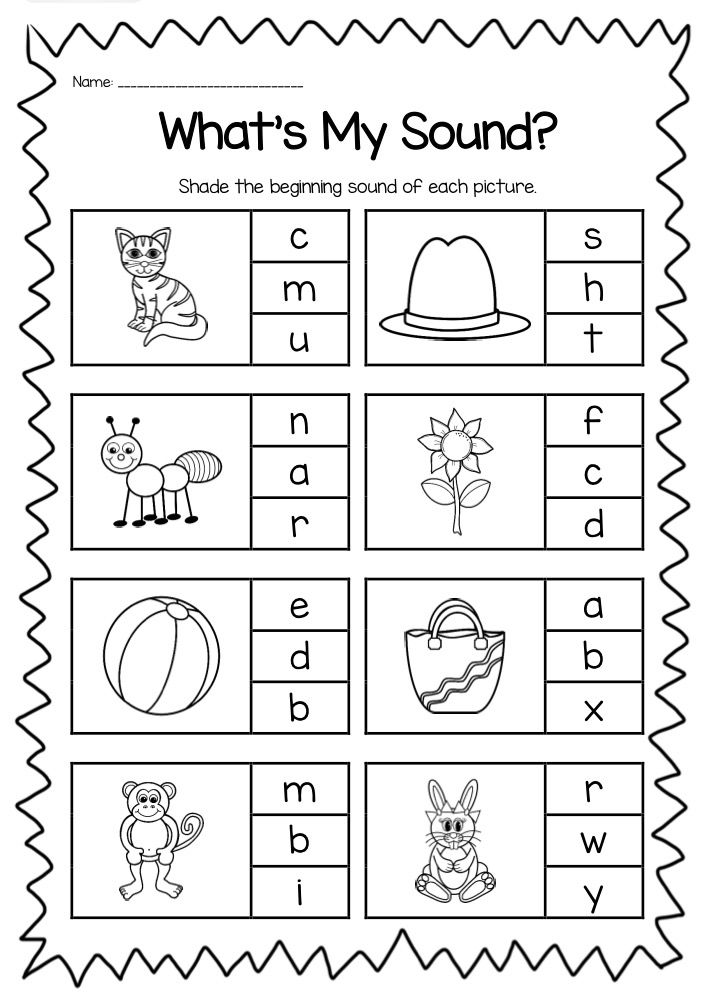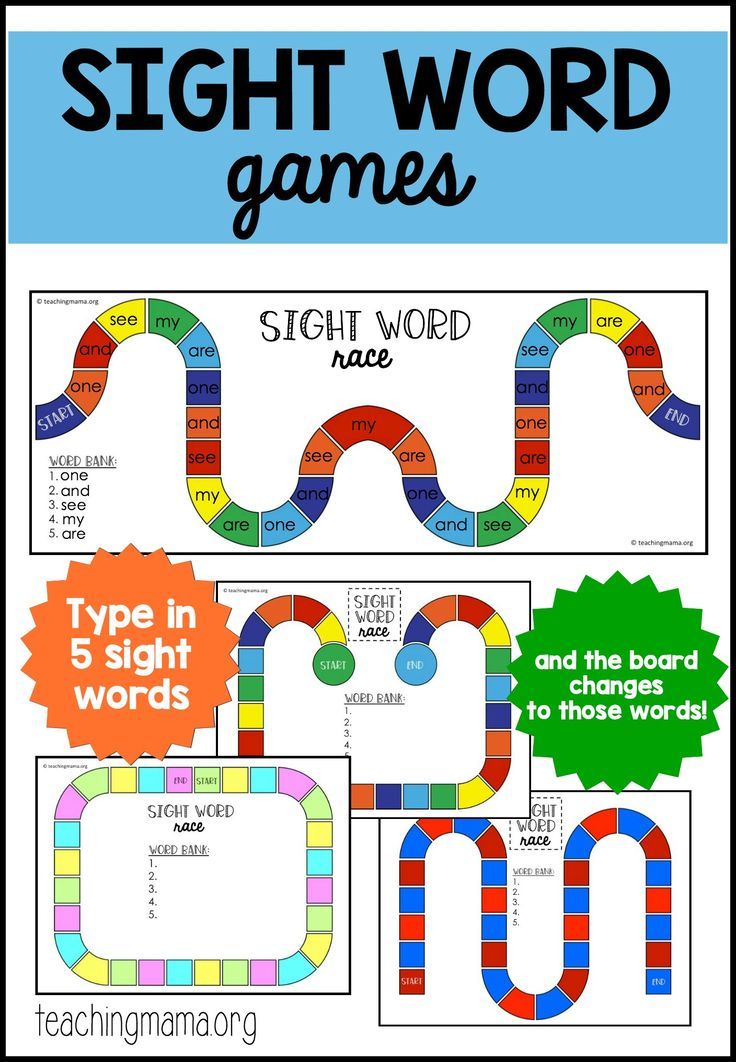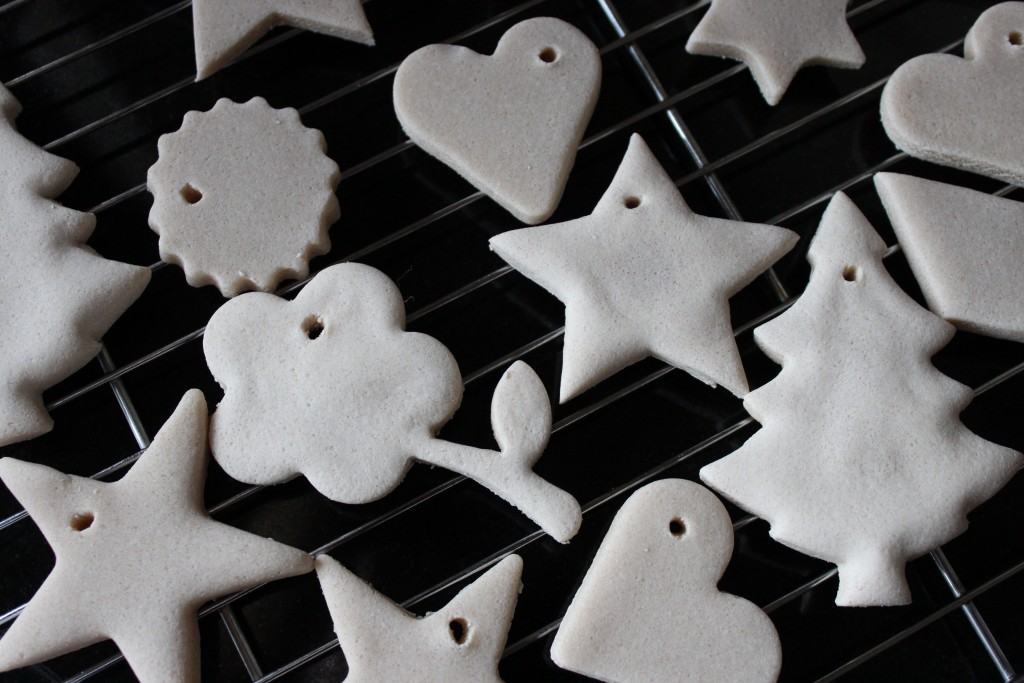Making compound words
Compound Words For Kids: Tips And Activities
What do you get when you put foot and ball together? Football! This is an example of a compound word, and as your child continues to build their vocabulary, it’s essential to introduce them to compound words for kids.
In this article, we’ll discuss how to form a compound word and how to help your child identify them in a sentence. We’ll also compare the different types and share some fun activities for your young learner to practice their new vocabulary skills.
What Is A Compound Word?
In the football example above, we combined two small words (foot + ball) to form a new one. This is the essence of a compound word: a word formed by combing two smaller words.
There are also compounds made of three words (for example: heretofore, nevertheless, highwaymen). But for now, it is best to stick to two-word compounds.
Why is it important to know how to appropriately form compound words? Well, combining words in a compound form creates an entirely different meaning than the meaning of the two original words.
For example, when you combine run (a pace) and way (direction), you get runway (an airplane landing strip or fashion walkway). This is an important distinction.
Identifying Compound Words
While compound words have multiple syllables, not all multi-syllable words are compound words.
The best way to check if a word is a compound word is to see if you can break it down into separate words. If you can, then it’s a compound word. If you can’t, then it’s not.
Let’s test this out using the words below:
- Doctor
- Family
- Moonwalk
Is doctor a compound word? Though this word has two syllables, it doesn’t qualify as a compound word because you can’t break it down into separate words.
What about the word family? This word has three syllables. However, it can’t be categorized as a compound word because, just like doctor, it isn’t made up of separate words.
Is moonwalk a compound word? Moon + walk = moonwalk.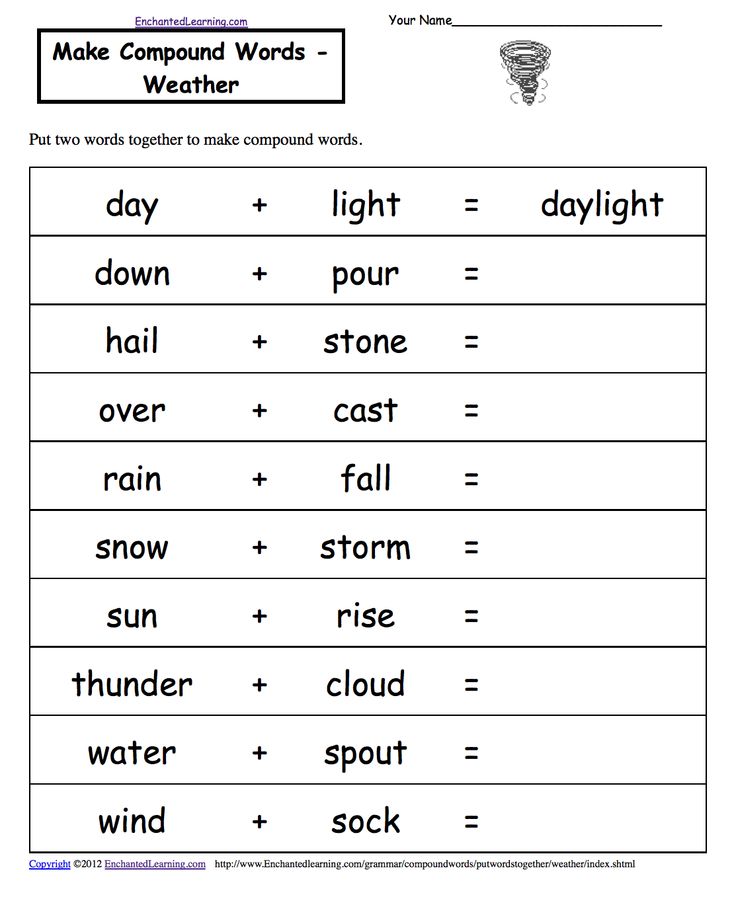 So, yes! This is a compound word.
So, yes! This is a compound word.
You can apply this test to any word to see if it meets the compound word requirements.
The 3 Types Of Compound Words
There are three different types of compound words: closed, open, and hyphenated.
- Closed compound words are created when two separate words form a single new word. For example, note + book = notebook.
- Open compound words are also created from two separate words. However, the words are still separated. For example, dining + room = dining room, or ice + cream = ice cream.
- As the name suggests, hyphenated compound words are connected by a hyphen. For example, long + term = long-term, or mother + in + law = mother-in-law.
While this may seem like a lot to teach, don’t worry. There’s no need to explain the three different types to your child. At this stage of their learning journey, the focus will be on closed compound words only.
Compound Words For Kids
There are hundreds of compound words for kids to learn. Here are a few to help you get started:
Here are a few to help you get started:
- Fire + Fighter = Firefighter
- Super + Hero = Superhero
- Snow + Ball = Snowball
- Note + Book = Notebook
- Rail + Road = Railroad
- Under + Ground = Underground
- In + Side = Inside
- Mail + Box = Mailbox
- Break + Fast = Breakfast
- Sun + Flower = Sunflower
- Tooth + Brush = Toothbrush
- Rain + Coat = Raincoat
- Lip + Stick = Lipstick
- Cat + Fish = Catfish
- Bird + House = Birdhouse
- Arm + Pit = Armpit
- Work + Sheet = Worksheet
- Stair + Case = Staircase
- Some + Where = Somewhere
- Butter + Fly = Butterfly
- Sun + Glasses = Sunglasses
- Grand + Parents = Grandparents
- Text + Book = Textbook
- Cup + Cake = Cupcake
- Day + Dream = Daydream
- Book + Case = Bookcase
Activities That Teach Compound Words For Kids
1) Reverse The Word Order
What You’ll Need:
- Index cards
- Markers
- A list of reversible compound words
What To Do:
To get started, write one half of your compound word on a single index card and the other half on another. This means that each word will have two separate cards.
This means that each word will have two separate cards.
As the name suggests, this game requires reversible compound words. For instance, sleepover — oversleep.
If you can’t think of any right now, here’s a list to get you started:
- Sleepover
- Lookout
- Breakout
After writing the compound word parts on your two index cards, help your child read them out loud and take time to explain any word they may not understand. Then, lay the cards down, facing up.
The goal of Reverse The Word Order is simple: Reverse the order of the compound word.
Have your child look at the two parts of the reversible compound word that you laid down and read the cards together. Then, have them move the first card to the other side to make the second compound word and read it out loud.
If your child has trouble reading the words, don’t worry; they can still play! Simply read the words for them or help your child read them, and then continue as instructed above.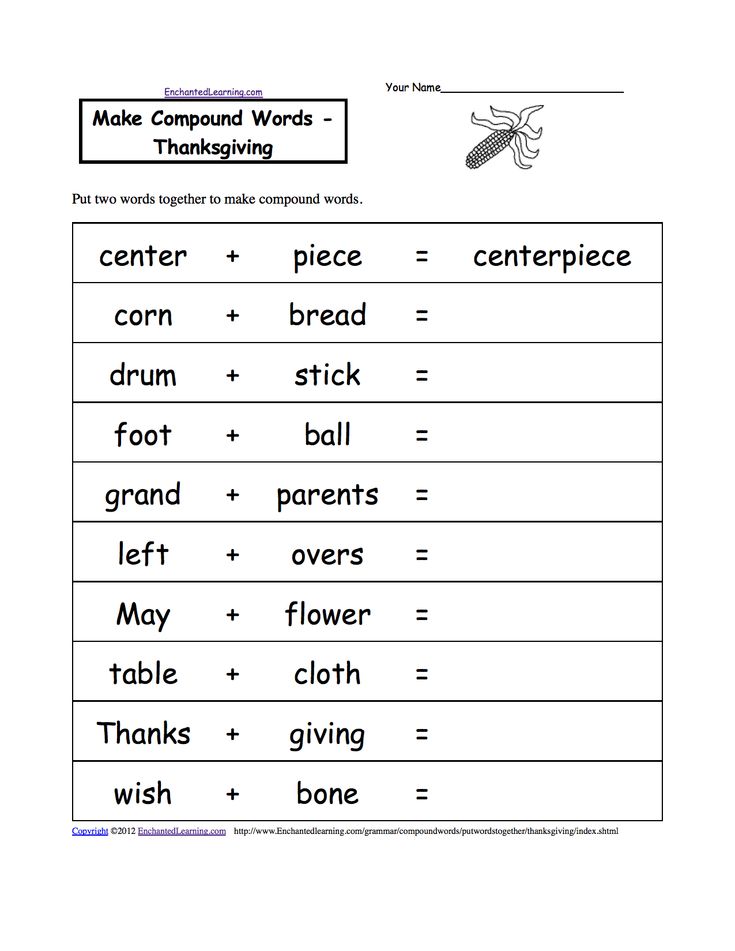
As a simpler alternative, you can also say a compound word backward and have your child try to say it forward. For example, if you say, “What is corn pop?”, they would answer, “Popcorn.”
This shows your child that each of these compound words can change into new words with entirely different meanings, depending on the order.
Completing this exercise will help your child understand the importance of word order in a compound word. For example, breakout and outbreak have completely different meanings, even though they are made up of the same letters and words.
As a simpler alternative, Say a compound word backwards and your child tries to say it forwards. What is corn pop? popcorn. What is boat life? Life boat.
This is also a great phonological awareness game. Phonological awareness refers to the skills a child needs to use while reading. In essence, it is understanding sounds in our language and how they relate to each other.
Phonological awareness plays a major role in early childhood literacy, and this game can help your child develop this important skill.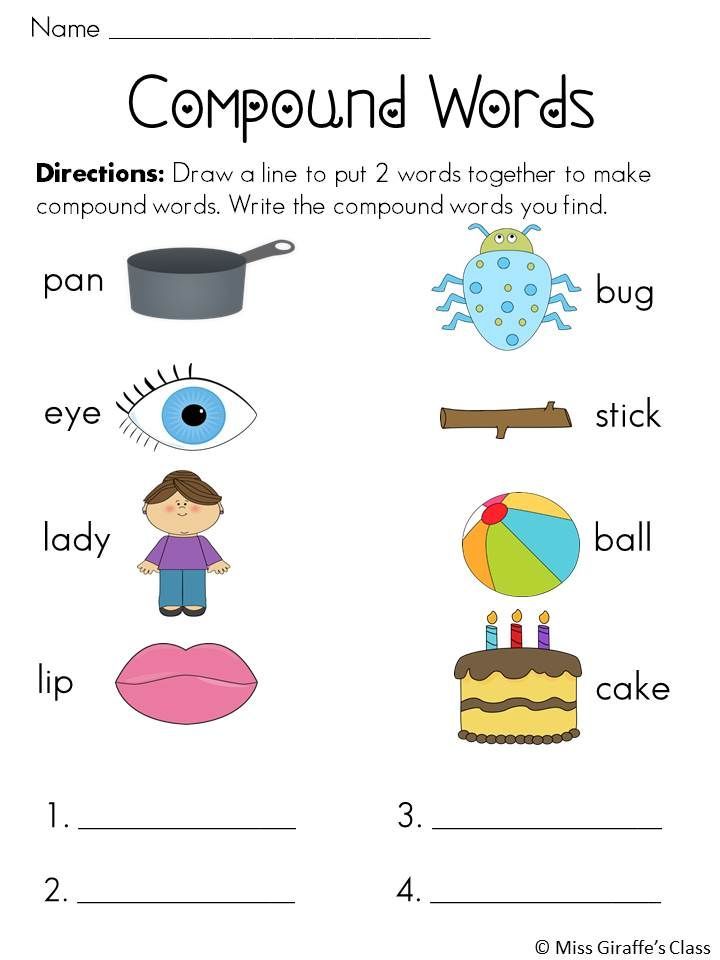
2) Image/ Word Match
What You’ll Need:
- Index cards
- Marker
- A list of compound words (you can use any of the words from the above “Compound Words For Kids” list)
- Pencil
What To Do:
With your child, write and draw the list of compound words on separate index cards. Write one half of the word in text and draw the other half as an image. For example, from the word pancake, one index card will have pan written out, and the other will have a drawing of a cake.
Next, lay your cards facing down (grid style).
To play, you and your child will take turns flipping two cards over at a time. (Think of the game Memory.) The goal is to find one card with a picture and another with a word to create a compound word.
When it’s your turn, if you find two cards that make up a compound word, you earn a point. If you don’t, you’ll have to wait for your next turn to try again. After 10 turns each, the player with the most points wins.
This game helps children develop segmentation skills. It also reinforces the concept that compound words are made from two separate words joined together.
For example, they may learn that the same cake from pancake can also form cupcake, cheesecake, etc.
3) Draw The Compound Word
What You’ll Need:
- Sheet of paper
- Index cards
- Marker
- Pencil
- Crayons
- A list of compound words (you can use any of the words from the above “Compound Words For Kids” list)
What To Do:
Sometimes, just understanding that a compound word is made up of two separate words can be hard to grasp for kids. This activity helps you demonstrate the concept in a fun and creative way.
Start by giving your child five compound words, and have them write the words down on a sheet of paper (with your help if needed). At this stage, your child will view the words as a whole.
Next, help your child separate the compound words by asking them to draw something that represents the two words that make up the compound word on each index card.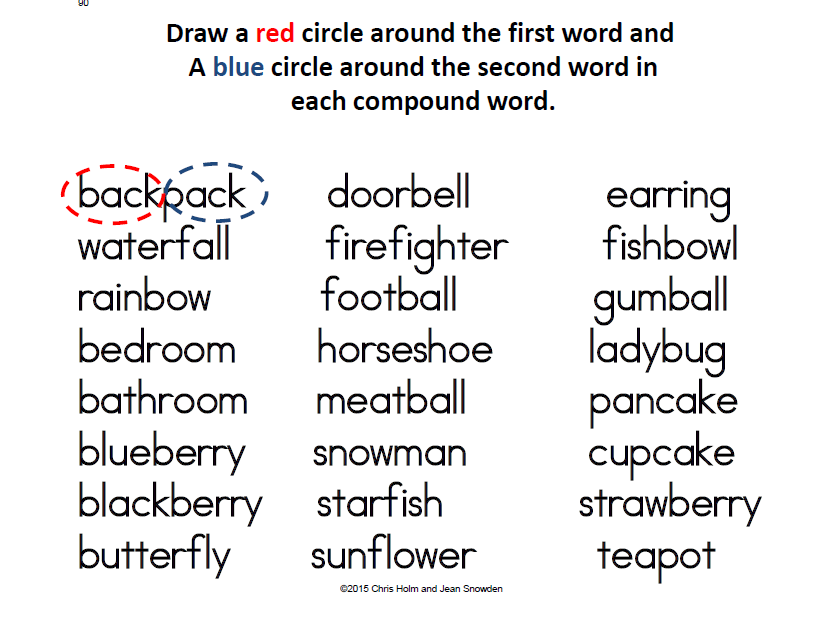
For example, from the word fireman, your child can draw one image of a fire and another of a man.
This isn’t a drawing competition, so don’t pay too much attention to how the images look. Instead, focus more on your child’s understanding of the separate words that make up the compound words.
4) Compound Word Creation
What You’ll Need:
- Index cards
- Marker
- A list of 5 compound words
What To Do:
Start by separating compound words into their two smaller words, and then have your child write each word on a separate card. While they are writing, encourage them to read the words out loud for practice.
Here’s a list of compound words you can use for this game:
- Goldfish
- Bookworm
- Superstar
- Rainbow
- Pancake
- Popcorn
- Butterfly
- Jellybean
- Moonlight
- Ladybug
After writing and reading the words, mix the cards up. Then, have your child pick two cards and make a brand new compound word.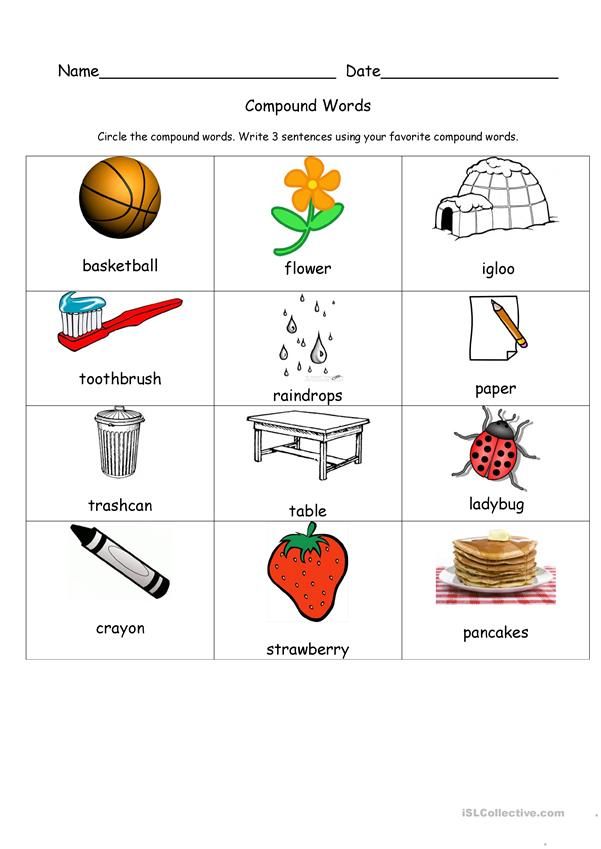 For example, from gold/fish, your child can create a new word — bookfish.
For example, from gold/fish, your child can create a new word — bookfish.
Note: The word doesn’t have to be “correct” — any two card combinations will do for this activity.
Let’s Make Some Compound Words!
Teaching compound words to kids is a great way to help them grow their vocabulary. If you’re working on this concept with your young learner, remember the fundamental rule: a compound word is made of two (or more) smaller words.
By using the activities above, you can help your child grasp compound words with ease!
Whether you decide to try out some or all of the games we recommend, be patient. Learning something new can take time, but with lots of practice, your child will eventually understand this new way to combine words!
Looking for even more ideas? Check out our Learn & Grow app for continued ways to support early childhood literacy.
Author
D1: Making Compound Words | Sight Words: Teach Your Child to Read
- Overview
- Materials
- Activity
- Confidence Builder
- Extension
- Variation
- Small Groups
- Questions and Answers
Start with Activity D2.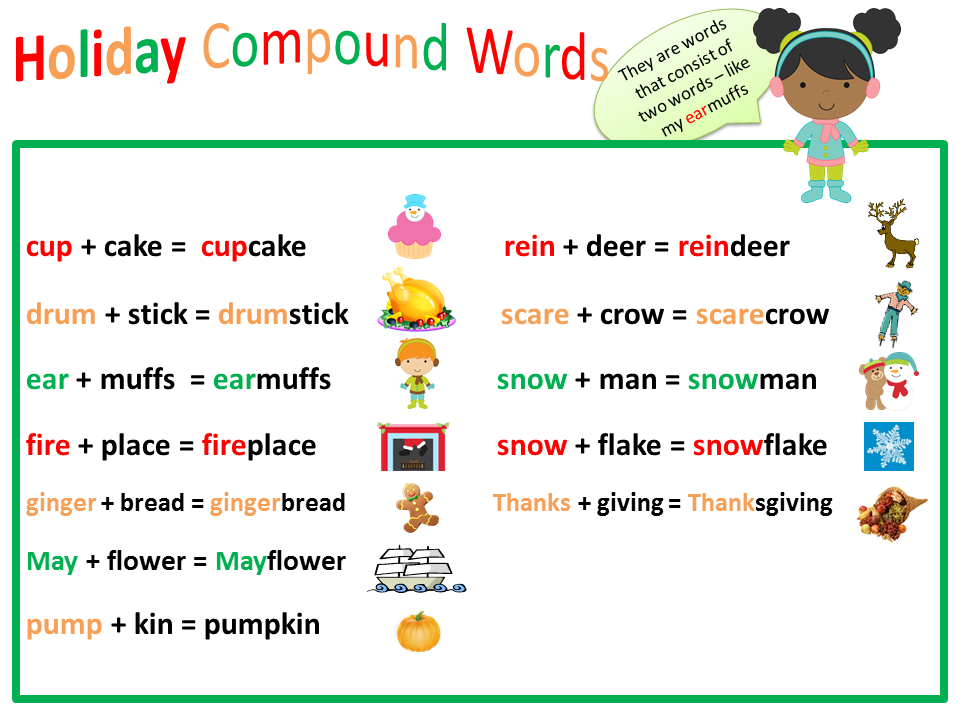 See Fast Track for more details.
See Fast Track for more details.
1. Overview
Combine two one-syllable words to make a new word: a compound word.
This activity gives your child his first introduction to the idea that sometimes two words can be put together to make one new word. A compound word is made up of two words that each have their own meaning (for example, rain + bow = rainbow).
This activity is usually easy for a child because the compound word has a whole new meaning from the two words that are used to create it. For example, a rainbow is not the same thing as rain or a bow.
doll + house = dollhouse
↑ Top
2. Materials
- word list
↑ Top
3. Activity
Video: How to play Making Compound Words
Say two one-syllable words for your child, with a significant pause (one second long) between them.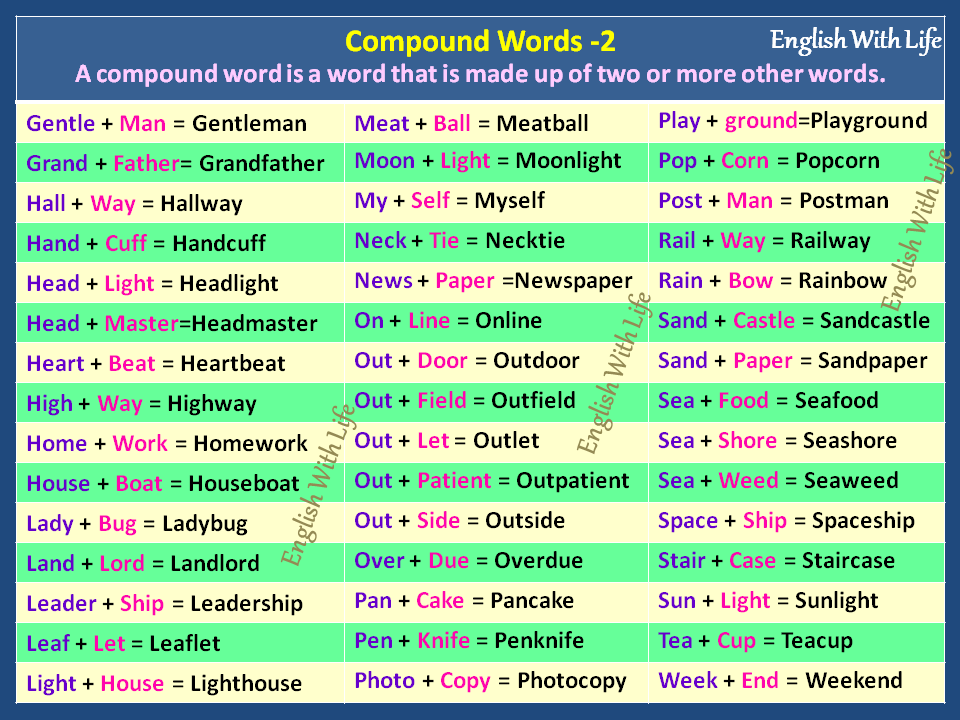 Then tell her to put the two short words together into a longer word.
Then tell her to put the two short words together into a longer word.
Adult: I’m going to say two words. I want you to listen and then
put my two words together to make one long word.
Let me show you: snow [1-second pause] ball.
What word? Snowball. Now you do it.
Listen: snow [pause] ball. What word?
Child: Snowball.
Adult: Good job! Let’s do another one.
Listen: tooth [pause] brush. What’s the word?
Child: Toothbrush!
If the child struggles, put a shorter pause between the two one-syllable words as you say them. Then gradually lengthen the pause until the two words are said with a full one-second pause between them.
Go through the other words in the word list until your child stops paying attention. You can continue the activity at your next session.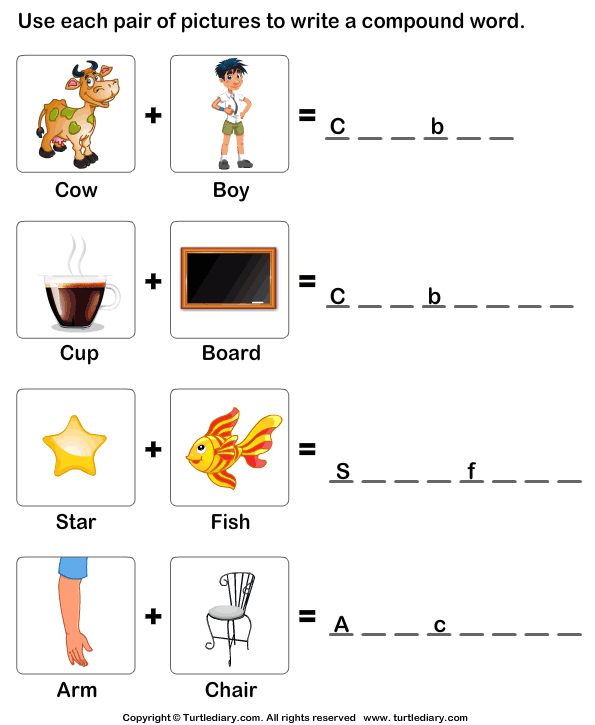
NOTE: Hand motions (as demonstrated in the video) are an option for this activity. Another way to use hand gestures is to face the child and extend the fist of your right hand in front of you as you say the first word. Next, extend the fist of your left hand in front of you while saying the last word. Leave a little space between your two fists. Then bring your fists together when you ask “What word? ”
↑ Top
4. Confidence Builder
If your child struggles to grasp the idea of a compound word, try this procedure. Show her a photo of popcorn or a real piece of popcorn, and say this:
Adult: What is this?
Child: Popcorn!
Adult: Yes, it’s a piece of popcorn! The word popcorn is really two words
that we say together — pop and corn.
What two words make the word popcorn?
Child: Pop and corn!
If the child doesn’t respond correctly, repeat your statement: “The word popcorn is really two words that we say together — pop and corn.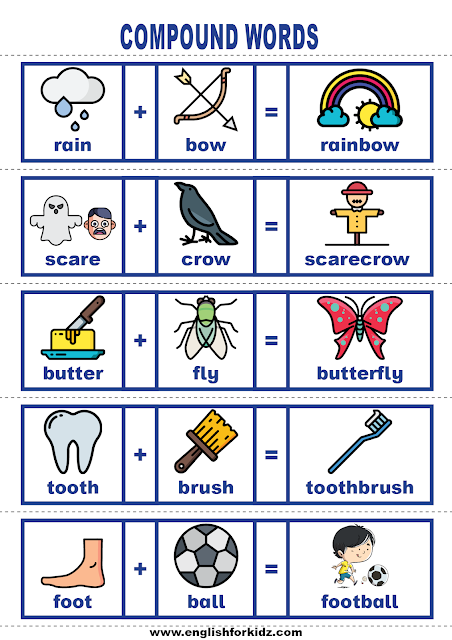 ” Then ask again, “What two words make the word popcorn?”
” Then ask again, “What two words make the word popcorn?”
Adult: I’m going to say those two words slowly. You put them together and say it fast.
My turn: pop…corn. Say it fast. What word? Popcorn!
Now it’s your turn to say my words fast.
Get ready: pop…corn. Say it fast. What word?
Child: Popcorn!
Adult: Yes, popcorn!
Repeat this procedure with just three or four words that you repeat randomly until the child can confidently blend them together. Use words familiar to the kids such as hotdog, gumdrop, sunshine, doghouse. Then you can introduce the other words in the D1 word list.
↑ Top
5. Extension
Say the first part of a compound word, and ask the child to give you the last part.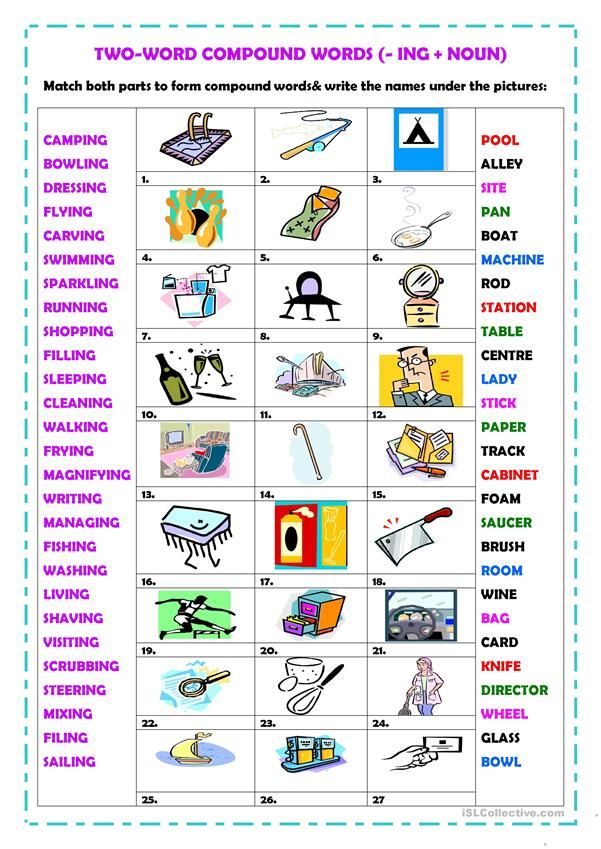 There will be multiple possible answers that are correct. For example, for the first part snow, the child could say snowman, snowball, or snowflake.
There will be multiple possible answers that are correct. For example, for the first part snow, the child could say snowman, snowball, or snowflake.
You may need to give a hint by pointing, gesturing, or acting out a possible answer. For example, you could say the word eye and then point to a ball (for eyeball), to your eyebrow or to your eyelashes.
↑ Top
6. Variation
This is a very “portable” game. Play in the car while you’re running errands or in the kitchen while your child helps you fix dinner!
↑ Top
7. Small Groups (2-5 children)
Lesson Objective: Children will hear two spoken one-syllable words and combine them orally to make a new, two-syllable word with its own meaning.
GELDS (Georgia Early Learning & Development Standards): CLL6. 4e (This introduction to compound words can match CLL6.3e, but most compound word activities are best emphasized with children age four and older.)
4e (This introduction to compound words can match CLL6.3e, but most compound word activities are best emphasized with children age four and older.)
Georgia Standards of Excellence: ELAGSEKRF2.b
Common Core State Standards: CCSS.ELA-LITERACY.RF.K.2.B
Adaptation: Read the main activity, watch the video, and follow the instructions above, with the following changes:
Teach the children hand gestures to illustrate the combining of two words into one new word. For example, have children hold out their fists, several inches apart, to represent each one-syllable word as they repeat the words. Then have them move their two fists together and say the new compound word.
Reinforcement: Use the word list to quiz the group on making compound words. Use the motions listed below for the children to use as a way to respond when they know the answer:
- Round 1: Clap (when you know the answer)
- Round 2: Snap or tap your fingers
- Round 3: Pat your head
Use this Reinforcement at Home form to tell parents and guardians how they can reinforce lessons outside the classroom.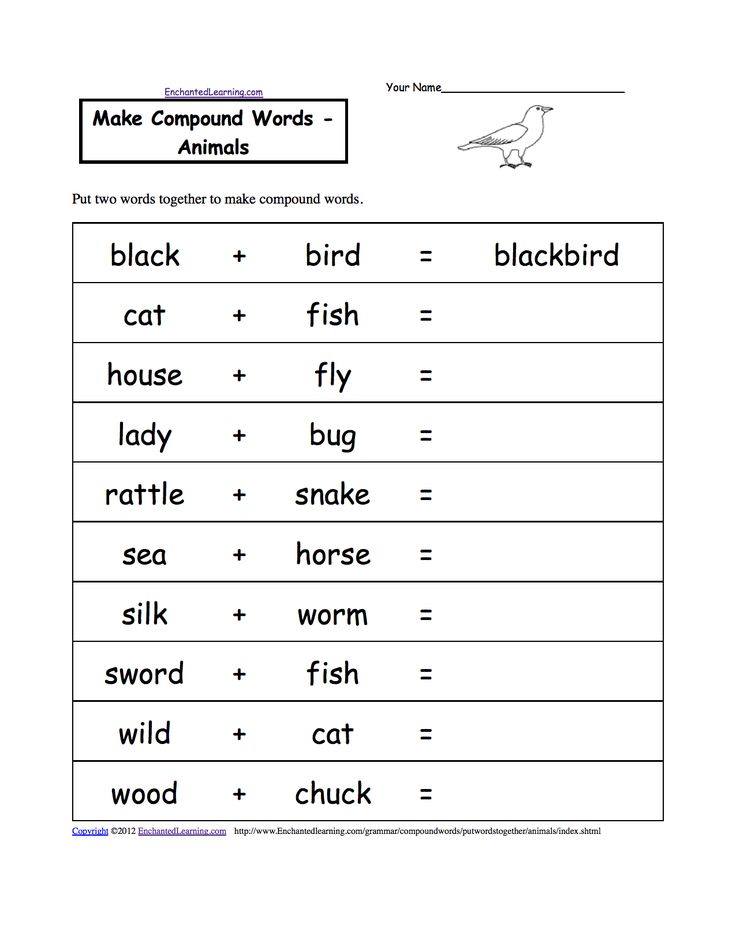
↑ Top
Leave a Reply
90,000 complex words, their spelling and educationPlanning to the lesson on the topic “complex words, their education and spelling”
2. The goals and objectives of the lesson:
Educational:
Developing:
Educational
Teaching methods: verbal, method of stimulating interest in learning, problem, cluster, tables.
Lesson type: Lesson learning a new topic.
Form of work: group work.
Equipment: interactive whiteboard
Psychological mood
Repetition and consolidation of the topics covered.
The class is divided into 3 groups
Theoretical questions for groups
-
What pronouns did we learn in the last lessons?
-
What are the categories of pronouns?
-
How do personal pronouns change?
-
Give all 3 groups examples with personal pronouns.
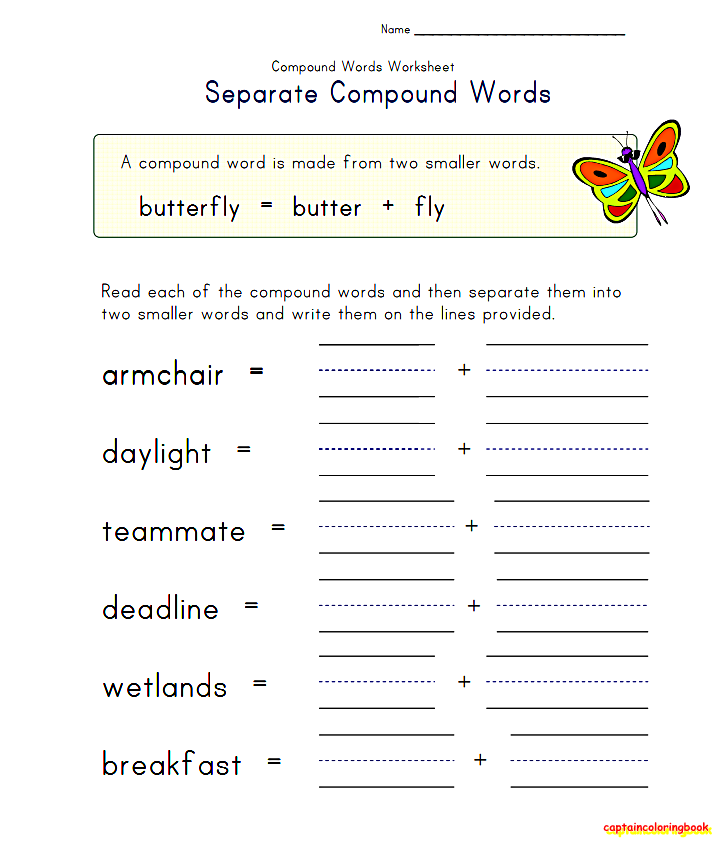
Checking homework. Analysis of sentences on cards in groups Determining the composition of sentences, unions, questions and the place of the subordinate clause in relation to the main sentence
Card 1
It is sad to see when a young man loses his best dreams and hopes.
Job. Make an analysis of the SPP. Determine the union, question and place of the subordinate clause
Card 2
I saw my silhouette reflected in the water
Task. Make an analysis of the SPP. Determine the union, question and place of the subordinate clause.
Card 3
The TV presenter told where the main events of the day took place today.
Job. Make an analysis of the SPP. Determine the union, question and place of the subordinate clause.
Interactive whiteboard.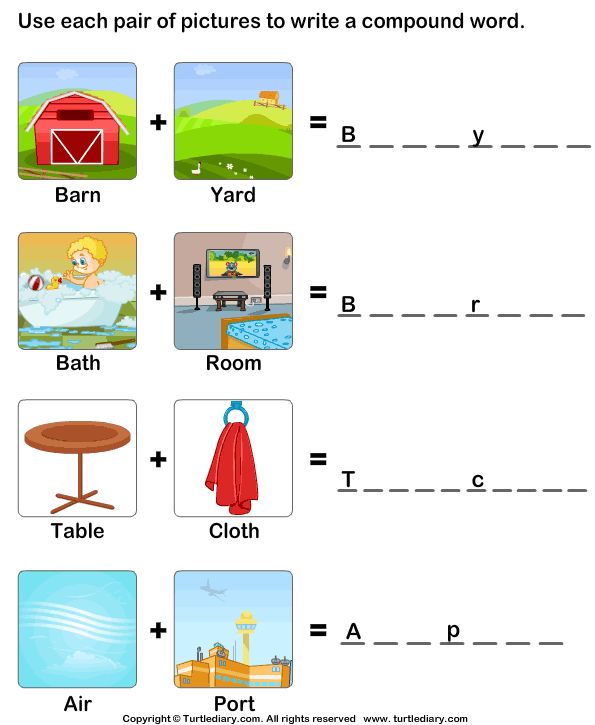 Compilation of NGN with subordinate explanatory clauses. The definition of the main and subordinate clauses in them.
Compilation of NGN with subordinate explanatory clauses. The definition of the main and subordinate clauses in them.
1. I was glad….
2. It immediately became clear to me,
3. It all started with…
4. I explained to them…
5. It was important that…
6. It’s nice to remember sometimes…
Vocabulary work . Correct the mistakes and explain the spelling of the words. The work is carried out in writing in notebooks.
Slide.
Snack covered lez and sat.
Heavy snow in the yard.
Children's party in the local park.
Ana and Philip made a snowman.
He has a nose made of carrots and has a viderko on his head.
Hanging voices stare at the guys.
On which rules were errors made? (rules of orthoepy and spelling.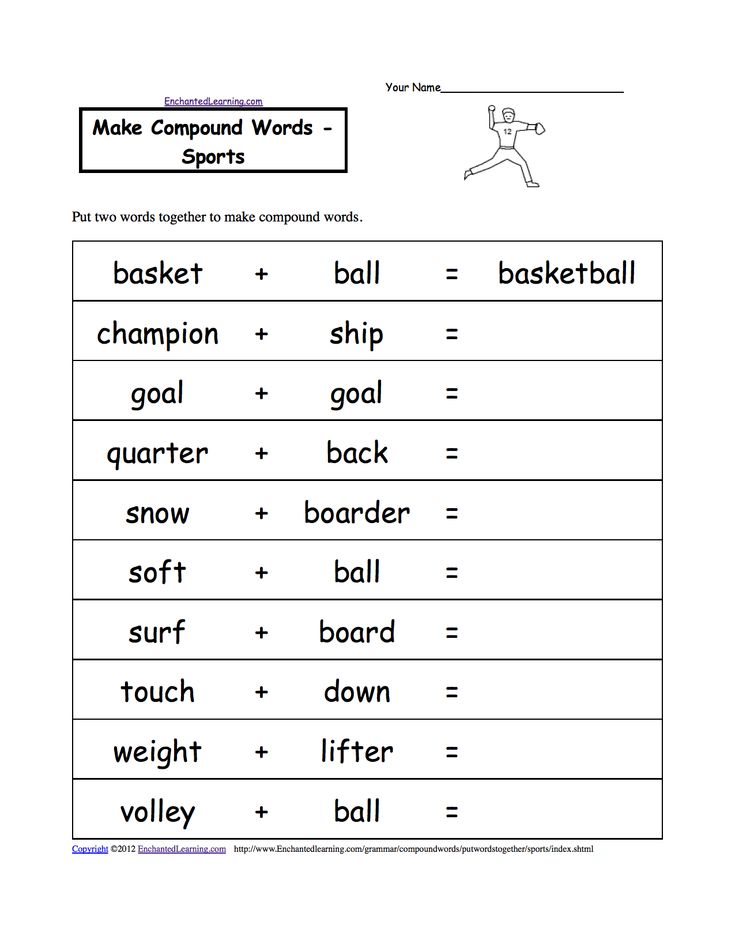 )
)
The result of the assignment. What is the correct spelling and correct pronunciation?
Summing up the topic.
Today we repeated the sections of spelling and orthoepy, repeated the morphology and syntax. If you have any questions feel free to ask.
New topic
Compound words, their formation and spelling.
You know the term complex. We learned about it when we went through complex sentences. What are compound words, you also know. Formulate a rule.
What are the names of words that have two roots?
How are compound words formed?
Problematic issue.
| Complex words | How are |
9000 9000 4.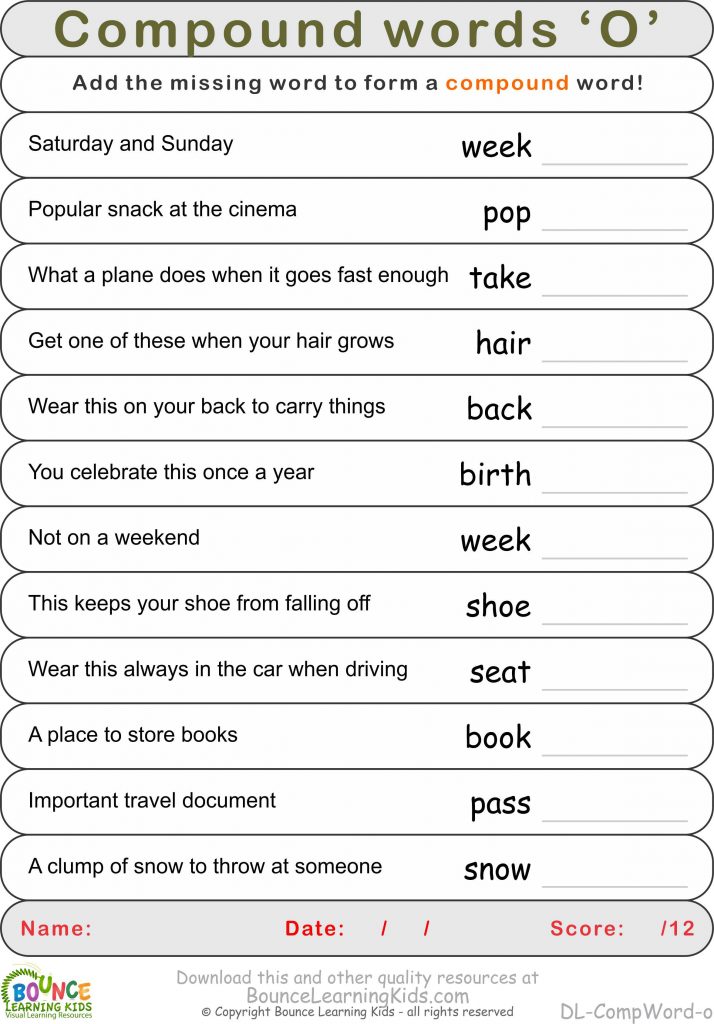 GPK, gas station GPK, gas station 5.sofa bed prime minister 6.vice president | 1. 2. 3. 4. 5. 6. |
The result is summarized by the table. (two examples for each group)
III. Mastering new knowledge.
a) Training in making words with two roots Slide
- Replace the phrase with one compound word.
b) Determine how the word is formed.
1 Group 2 group
He flies - General to live -
Lasis on rocks - rain measure-
9000 Snow is falling - digging the ground -
store manager
3rd group
Walking -
Wood chopping - 9009
0004Mowing hay -
Carry gasoline -
Gas station -
Remember!
Table work.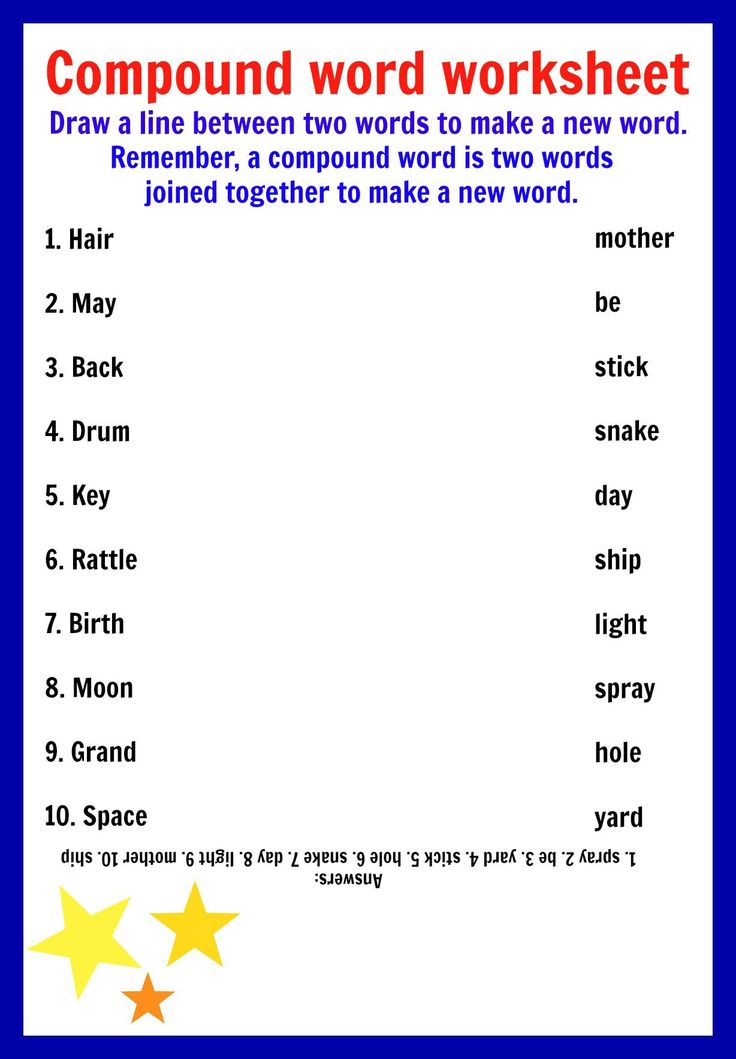 Definition of continuous and separate spelling of complex words.
Definition of continuous and separate spelling of complex words.
Musical rest (slide view).
Strengthening the spelling of complex words. Card work.
Green card 1g.
Is it better to clean the carpet: sweep with a broom or vacuum?
1. Explain the spelling of the compound word.
Green card.3gr.
1. Answer the question.
2. Explain the spelling of the compound word.
Red card. 2gr
Did you enter the GIC on your own initiative or were you persuaded by your parents?
Red card.1gr.
1. Answer the question.
2. Explain the spelling of the compound word.
Blue card. 3gr.
Why do you visit the head teacher of the college at the end of the semester?
Blue card.2gr.
1. Answer the question.
2. Explain the spelling of the compound word.
Group work. Building a cluster.
- Pick up difficult words. Denying:
Human features
1 persons of the person
2 Phenomena of nature
3 Items of everyday life
.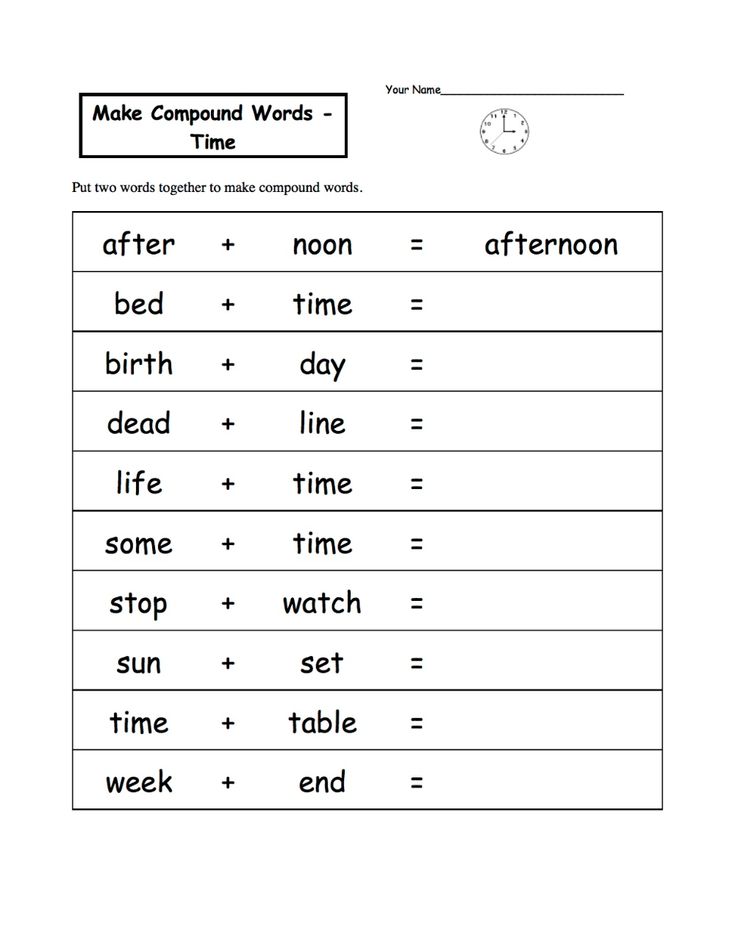
Sluggish, starfall, meat grinder, sweet tooth, snowfall, water drinker, curiosity vacuum cleaner, mousetrap, ice drift, fly swatter, dry wind, industriousness, waterfall, fire extinguisher good nature, leaf fall, love of life earthquake, idler, samovar, snowfall, book lover, full moon, arrogance, washstand , sunshine, hypocrisy, ice, conscientiousness, vegetable cutter.
Independent work in notebooks.
Arrange words in 2 columns depending on the connecting vowel.
Meat…cutting, travel..procession, generally..accepted, warm..loved.
Weak..free, potato..peeling, birds…factory, wide..shoulders.
Pear .. prominent, steam ... wagons, one .. soul, land ... deed.
VIII. Summing up the lesson. Self-assessment by students of activities in the lesson.
Homework
We often hear that good and evil are fighting in the world. And what is more in the world - good or evil? Think of compound words with roots good (o) and evil (o)
Write about a friend you share your life with using these words.
Watching the video of the parable.
Department of Education
youth policy and language development of the South Kazakhstan region.
I APPROVE
Deputy Director
for educational and methodological work
Mambetova A.K._____________
"____" __________2014-2015
Complex words and their education 91 course , which is relevant for many 9th grade students. Namely: what sentences in Russian are called complex, what groups they are divided into and how to find them in the text.
What is a compound sentence
| A compound sentence is a sentence that consists of two or more grammatical stems. |
An example of a complex sentence:
According to the connection between the parts, complex sentences are divided into two types - allied (compound and complex) and non-union.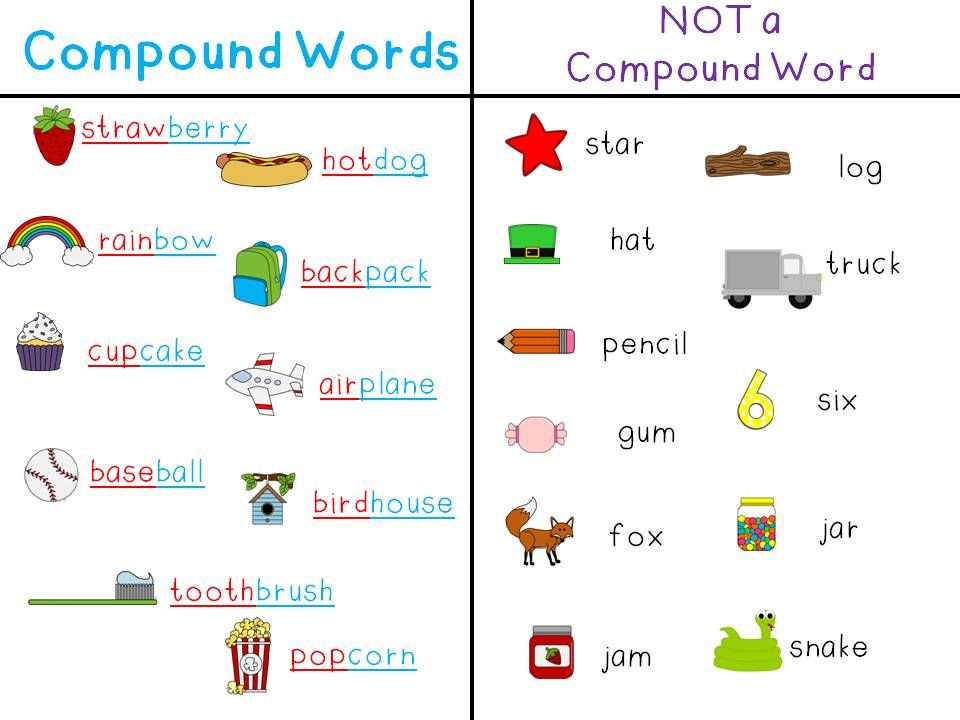 In the first case, the parts are connected by unions and allied words, in the second - by meaning.
In the first case, the parts are connected by unions and allied words, in the second - by meaning.
In total, there are 3 types of complex sentences. Let's look at them in a table.
Demo lesson in Russian
Take the test at the introductory lesson and find out what topics separate you from the "five" in Russian.
Compound sentence
| A compound sentence (CSP) is a complex sentence that has two or more independent simple sentences in its composition. This means that they can be broken with a dot, while the meaning is not lost. |
Parts of such complex sentences are connected by conjunctions and allied words: connecting (and, yes, also, etc.) , adversative (a, but, but, etc.) , divisive (or, then ... then, not that .. . not that, etc. ) or combinations thereof.
. not that, etc. ) or combinations thereof.
Examples:
-
I wanted a pie, and the apples are already ripe.
-
I wanted a pie, but the apples weren't ripe yet.
-
Either mother will bake pies, or grandmother will come with buns.
Sometimes parts of compound sentences are connected without a coordinating union and a union word - according to the meaning. Such proposals are called non-union.
Example:
Punctuation marks in compound sentences
In sentences with conjunctions and, yes, however, either, etc. it is customary to put a comma. Except when:
Exception
If the parts of a complex sentence have a common minor member or subordinate clause, but they are connected by a repeating union, a comma must be used.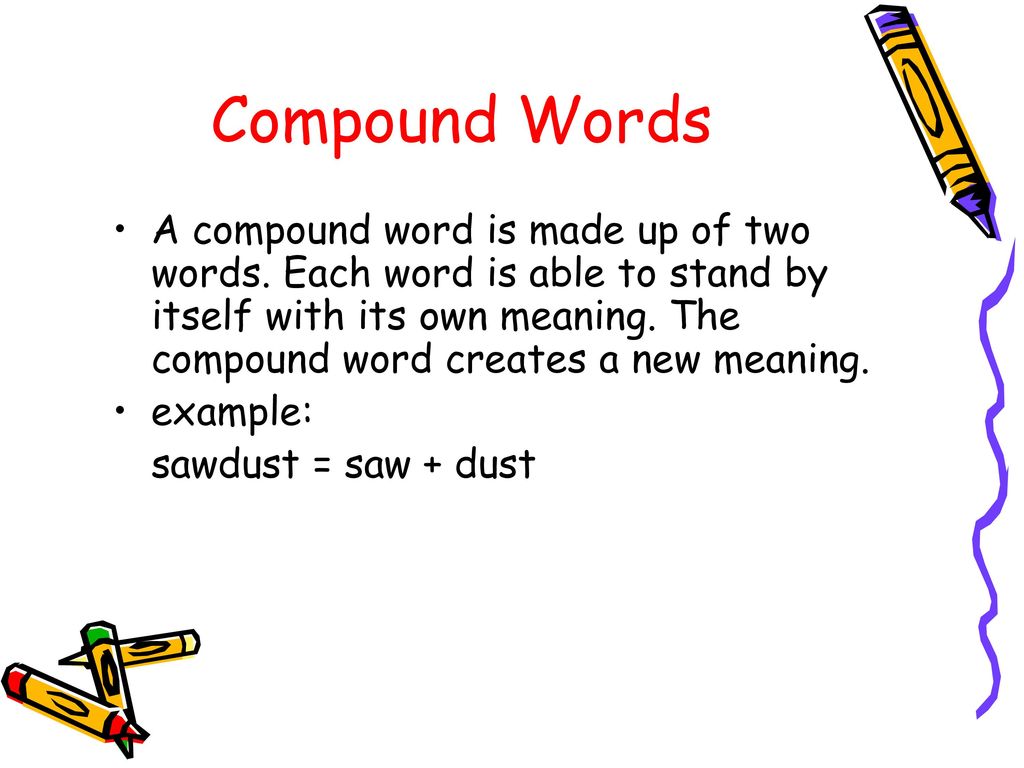
Example:
In non-union compound sentences, parts are divided not only by commas, but also by dashes, colons and semicolons. We discussed this topic in detail in the article on compound sentences.
Compound sentence
| Complex sentence (CSP) is a type of complex sentence in which one simple sentence is subordinate to another in meaning and intonation. In this case, the dependent clause is called the subordinate clause, and the independent clause is called the main clause. |
An example of a complex sentence:
Types of connection in a complex sentence
Usually parts of NGN in Russian are connected with each other by subordinating conjunctions, for example: punctuation, but a subordinating conjunction can still be inserted between them.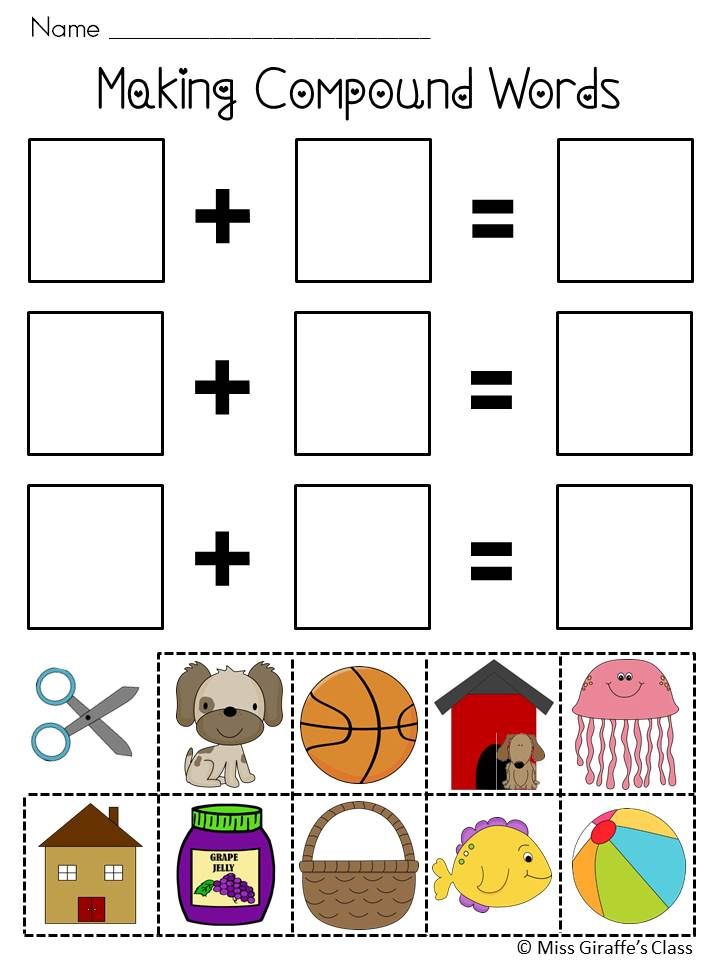 Such proposals are called non-union.
Such proposals are called non-union.
Example:
Meanings of subordinate clauses in NGN
Compound clauses are divided into groups, and then into subgroups according to the meaning and type of connection with the main one.
You can read more about the differences between clauses in a complex sentence with examples in this article.
Types of subordination in a complex sentence
Sometimes in a complex sentence there are not one, but two or more subordinate clauses. This type of complex sentences is called polynomial. They have different types of submission.
We have already discussed this topic in more detail in the article on complex sentences.
Punctuation marks in complex sentences
It is customary to put a comma between the main and subordinate parts of a complex sentence. If one part is in the middle of the other, it must be separated with a comma on both sides:
If one part is in the middle of the other, it must be separated with a comma on both sides:
-
When we returned to the city, all the sorrows were left behind.
-
Now that we have returned to the city, all the sorrows are left behind.
If sentences with the words only, only, still and, above all, precisely, obviously, are probably connected by a compound union, it is divided. Then, before the word that you need to put a comma:
If we highlight indicative or conditional clauses with intonation and put them before the main clause, a dash is placed between them:
If it is clear from the main clause that the clause will explain it, you need to put a colon. The same rule applies to non-union complex sentences:
Free English lessons with a native speaker
Practice 15 minutes a day.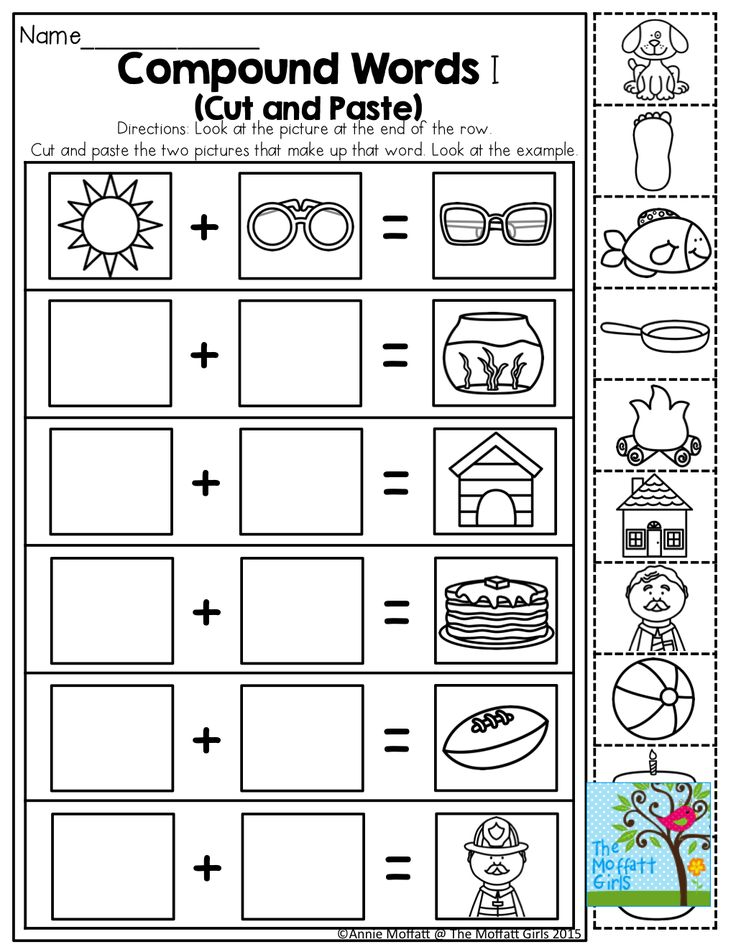 Learn English grammar and vocabulary. Make language a part of life.
Learn English grammar and vocabulary. Make language a part of life.
Test yourself
Determine what type of compound sentence these examples belong to: complex or compound?
-
Mother had already cooked for the morning and went to bed when I returned from the theatre.
-
I knew it couldn't go on too long.
-
Snowflakes lay lightly on the palm of your hand, and the world around froze in snow-white splendor.
-
I went to the edge of the forest an hour later, but the travelers were gone.
-
I quickly found the place where the cuckoos were nesting.
Russian language exam preparation courses at the Skysmart online school - without stress and on real exam tasks.